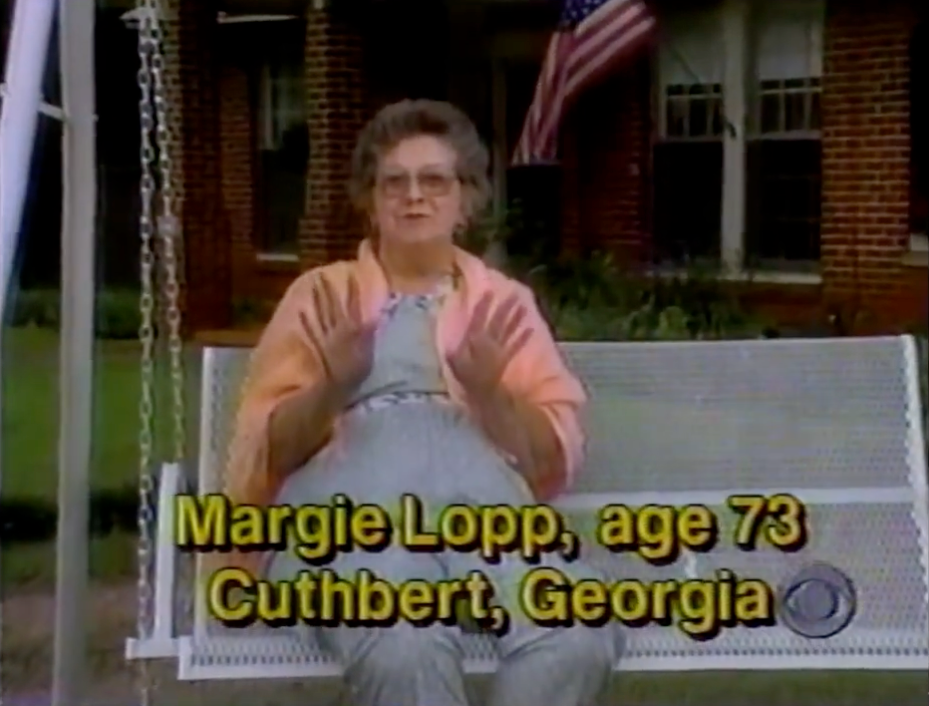Rather than debating marketing tactics, imagine the brand or promotion manager as the “author” of the marketing “sentence.” The “noun” is the brand. Attached to the noun are the “adjectives” – the advertising and public relations modifiers that attempt to decribe, enhance, and extend the noun. Completing the sentence are the action “verbs,” promotion, direct response, interactive – the stuff that converts the equity of the brand into sales and volume growth. So instead of debating the value of sentence parts, celebrate the art of writing the perfect marketing sentence, the integrated paragraph, and with patience, intelligence, and guts, the extraordinary novel.
– Chris Sutherland, vp corporate marketing, Aspen Marketing, Evergreen, CO.
The increasing importance of retail marketing issues has shifted dollars away from traditional brand advertising.
A senior marketing executive at Frigidaire Co. told me, “I can have a customer walk in to a store fully intending to buy a Frigidaire, but she’ll walk out with a competitor’s brand every time if it is promoted or the salesperson is getting spiff.” Today Frigidaire is focusing on customer-specific programs and promotions and has cut back advertising budgets.
Earlier this year Gardenburger made an “all or nothing” bet on a TV spot during the final episode of Seinfeld. Although their sales went up, the real winner was Morningstar Farms, the market leader, who spent little on advertising but used a program of consumer and trade promotions that reaped more than their fair share of sales from the attention Gardenburger had brought to the category.
Advertising will always be a powerful tool, but declining consumer loyalty makes it essential to have a competitive presence at the retail level. Today, the tie breaker is a long- term promo strategy that makes brands morerelevant to the consumer at the point of sale.
– Fred Bidwell, president, Malon e Advertising, Akron, OH.
The answer lies in the transaction frequency of a brand. High-transaction category brands like fast food, packaged goods, and beverages become more buyable when packaged with a promotional strategy that stimulates purchase behavior. Planned purchase brands like computers, automobiles and home furnishings, on the other hand, lend themselves to brand-building advertising, where the objective is to build brand awareness and future consideration. Clients who possess a retail mentality have learned to respect the value of an effective sales-driving promotion strategy versus slow-build, image-only advertising. In today’s environment of products and solutions on demand, promotion marketing strategy will continue to take a growth position over advertising in order to satistfy this critical demand by consumers.
– Bob Petisi, president-ceo, The Marketing Agency, Marketing Corp. of America, Wesport, CT.
No, although I do believe that promotion marketing is taking on a bigger role within the marketing mix of today’s brand initiatives. Promotion strategies are gaining popularity due to an increasingly fragmented media environment. Promotion strategies can be structured to reach consumers where they are. Also, companies and brands are more concerned with measurable results in their marketing initiatives, and they want those results more quickly. Promotion can deliver that.
– Caren Berlin, president, Clarion Promotio, Greenwich, CT.



